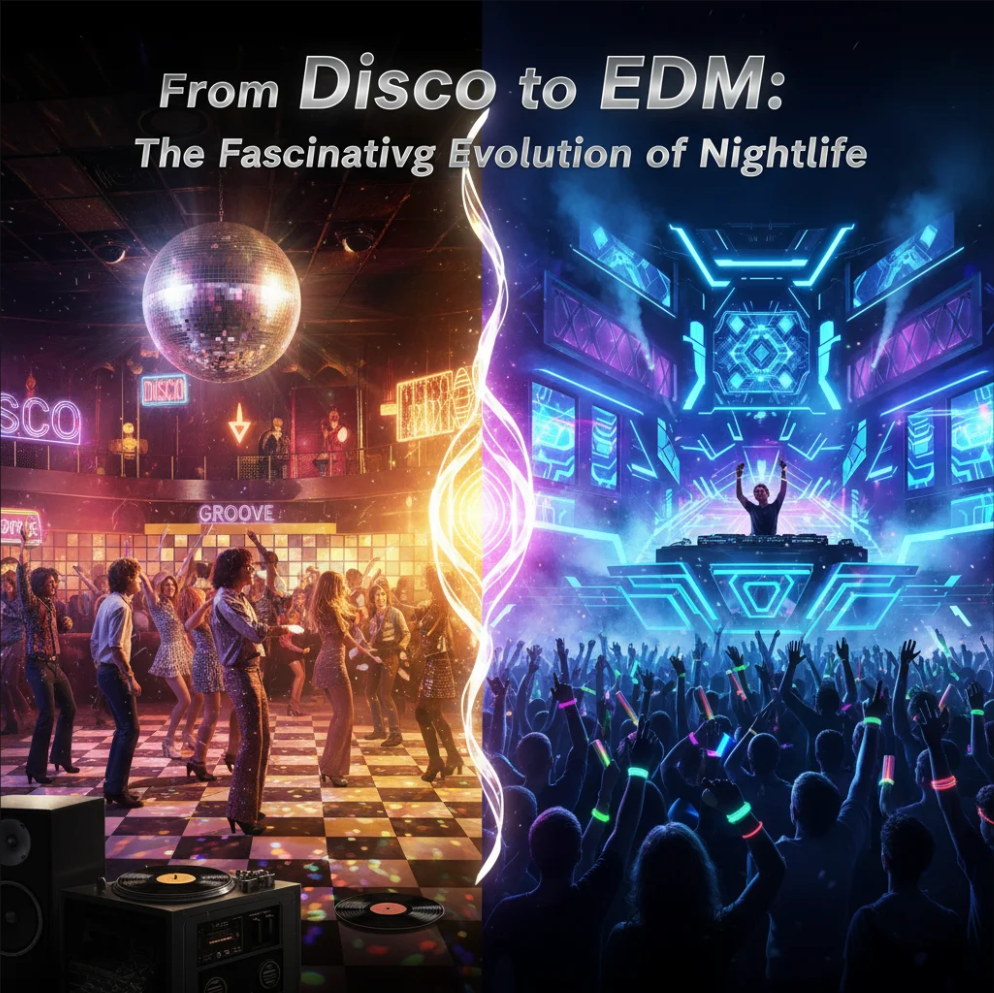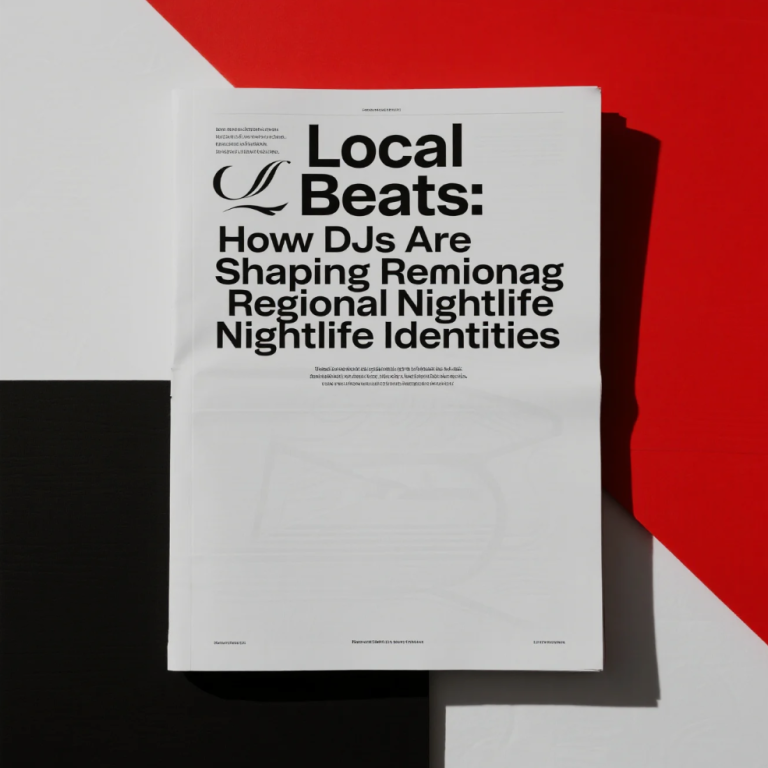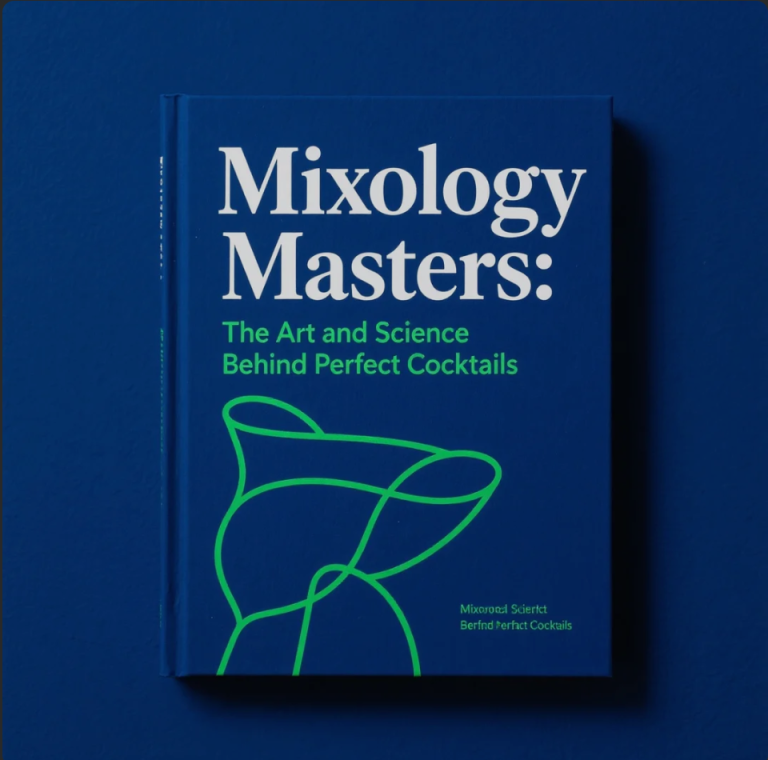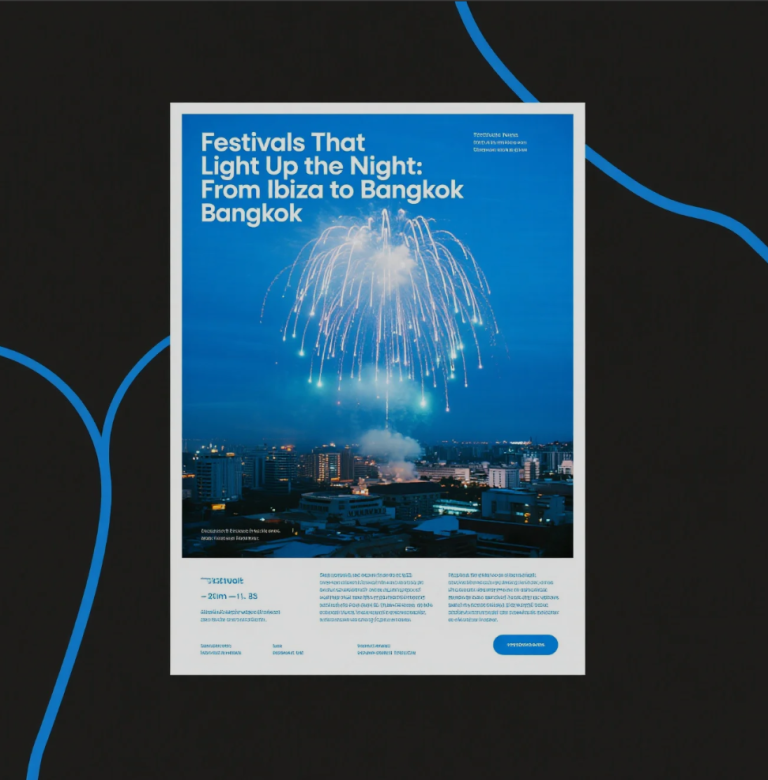
Nightlife isn’t just entertainment — it’s a reflection of culture, technology, and social change. From the glittering disco balls of the 1970s to today’s bass-pounding EDM festivals, the evolution of nightlife reveals how music, fashion, and community intertwine.
Each era brought a unique vibe: disco was glamorous and communal, the 80s and 90s clubs were edgy and experimental, and modern EDM events are immersive spectacles powered by technology. Understanding this journey provides insight into how nightlife continues to influence global youth culture.
🕺 The Disco Era: Glamour and Liberation
The 1970s disco movement was more than dance music — it was a cultural phenomenon. Clubs like Studio 54 in New York became spaces of freedom, diversity, and self-expression.
Key characteristics of disco nightlife:
- Music: Funky basslines, lush orchestration, and four-on-the-floor beats.
- Fashion: Sequins, bell-bottoms, and platform shoes.
- Community: Inclusive spaces for LGBTQ+ communities and marginalized groups.
Disco set the tone for nightlife as a social and cultural experience, laying the groundwork for future eras.
💿 The 80s and 90s: Clubs, Raves, and Musical Innovation
After disco’s peak, nightclubs embraced electronic beats and house music. The 80s introduced synth-heavy tracks and neon-lit venues, while the 90s saw the rise of raves — underground parties that celebrated electronic music and counterculture.
Nightlife innovations during this time:
- DJ Culture: DJs became celebrities, blending tracks live to create unique experiences.
- Rave Communities: Focused on connection, unity, and music over commercial appeal.
- Visuals: Laser lights, strobes, and fog machines transformed clubs into immersive spaces.
These decades emphasized experimentation and personal expression, bridging the gap between live music and electronic production.
🎧 EDM and Modern Nightlife: Immersive Experiences
Today, EDM (Electronic Dance Music) defines a new standard for nightlife. Festivals like Tomorrowland, Ultra, and EDC attract hundreds of thousands of fans worldwide.
Modern nightlife focuses on:
- Immersive Production: State-of-the-art sound, LED stages, and visual spectacles.
- Global Communities: Fans connected through social media and live-streamed events.
- Interactive Experiences: From wearable tech to VR integrations, attendees influence the show in real time.
EDM combines music, tech, and culture to create a high-energy, participatory environment where entertainment meets digital innovation.
🌐 How Technology Shapes Nightlife
From disco balls to digital stage mapping, technology has consistently reshaped nightlife:
- Sound Systems: From analog setups to line arrays delivering precise bass and clarity.
- Visuals: Projection mapping, LED screens, and synchronized lights enhance immersion.
- Social Media & Apps: Enable ticketing, community building, and live sharing, connecting fans globally.
Technology turns nightlife into an interactive art form, making every event unique and globally accessible.
💬 Conclusion: Nightlife as a Living Culture
The journey from disco to EDM illustrates more than changing musical styles — it showcases how society, technology, and human creativity shape our social spaces. Nightlife evolves, but its core remains the same: connection, expression, and unforgettable experiences.
For anyone passionate about music and culture, understanding this evolution is a window into how we celebrate life after dark — and what the future of nightlife might hold.



